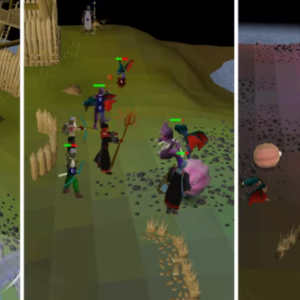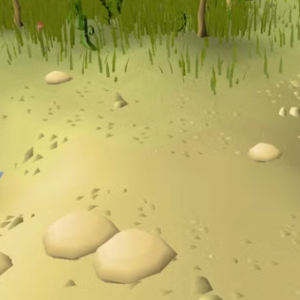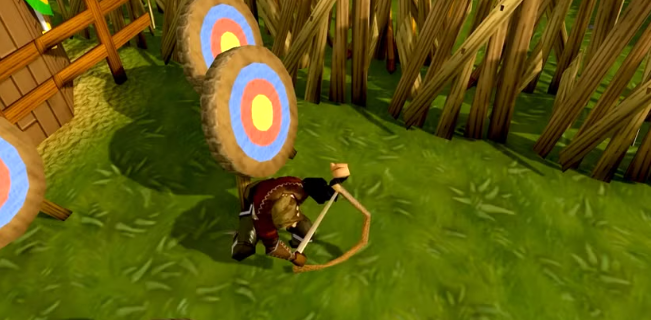1. Let Your Short-Term Goals Fuel the Mid-Term Ones
Your short-term goals—like saving 500k for better gear or affording essential supplies—should act as RuneScape gold stepping stones. Instead of treating them as isolated milestones, view them as productive investments that improve your earning capacity.
For instance:
Upgrading your pickaxe from rune to dragon helps you mine faster, increasing your mid-term goal progress toward a Mining skillcape or profitable ores like Runite.
Buying a whip early on boosts combat efficiency, which in turn improves your ability to farm bosses or Slayer tasks later—both highly profitable sources of gold.
Every early investment should serve a bigger purpose rather than being purely for convenience.
2. Make Mid-Term Goals Support Your Long-Term Vision
Once you’ve reached your mid-term stage—say, owning a few million GP or having multiple profitable skills—you should start shaping those resources toward your endgame ambitions.
For example:
If your long-term goal is to afford high-end PvM gear for raids, use your mid-level profits to train skills that support those activities, like Herblore for potions or Prayer for combat bonuses.
If you want to max your account one day, your mid-term focus on profitable training methods (like crafting Battlestaves or managing a Kingdom for passive income) will keep you funded.
The idea is that your gold and progression loop together, turning each stage of gameplay into preparation for the next.
3. Create “Bridge Investments”
Not all investments should give immediate results. Sometimes, the smartest play is to spend now for exponential returns later. These bridge investments connect the short-term grind to your long-term goals:
Skill investments: Spending gold on supplies for skills like Herblore, Construction, or Runecrafting may seem costly at first, but these open high-yield methods later on.
Merchanting flips: Learning the Grand Exchange market and flipping mid-tier items helps you build trading experience, which can later scale into bulk or high-value trading.
Questing: Completing money-making quests (e.g., “Recipe for Disaster,” “Desert Treasure”) unlocks powerful tools that make future profits far more efficient.
Think of these as bridges, not distractions—they close the gap between what you can do now and what you aim to achieve later.
4. Track Progress and Reassess Periodically
It’s easy to get lost chasing new shiny goals in OSRS. To stay focused, review your financial path regularly:
Are your current activities still the best use of your time and resources?
Have game updates changed the value of your goals or the profitability of your methods?
Do you need to pivot from training to bossing, or vice versa, to stay efficient?
By keeping your short-, mid-, and long-term objectives connected and dynamic, you’ll avoid wasted effort and maintain steady gold growth.
5. Use External Tools to Stay Organized
Consider using spreadsheets, GE trackers, or community-driven price tools to manage your finances. Many experienced players rely on budget planners or investment trackers to visualize how their income streams align with goals.
Connecting your plans visually—such as showing how 1 hour of Barrows farming funds both Construction training and cheap OSRS items long-term gear upgrades—makes it easier to prioritize time and resources.







